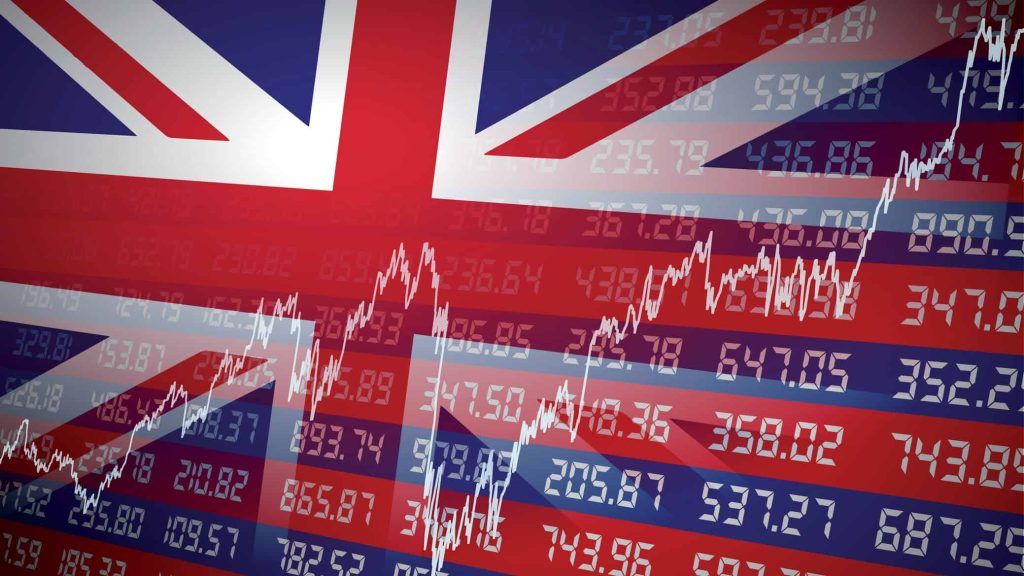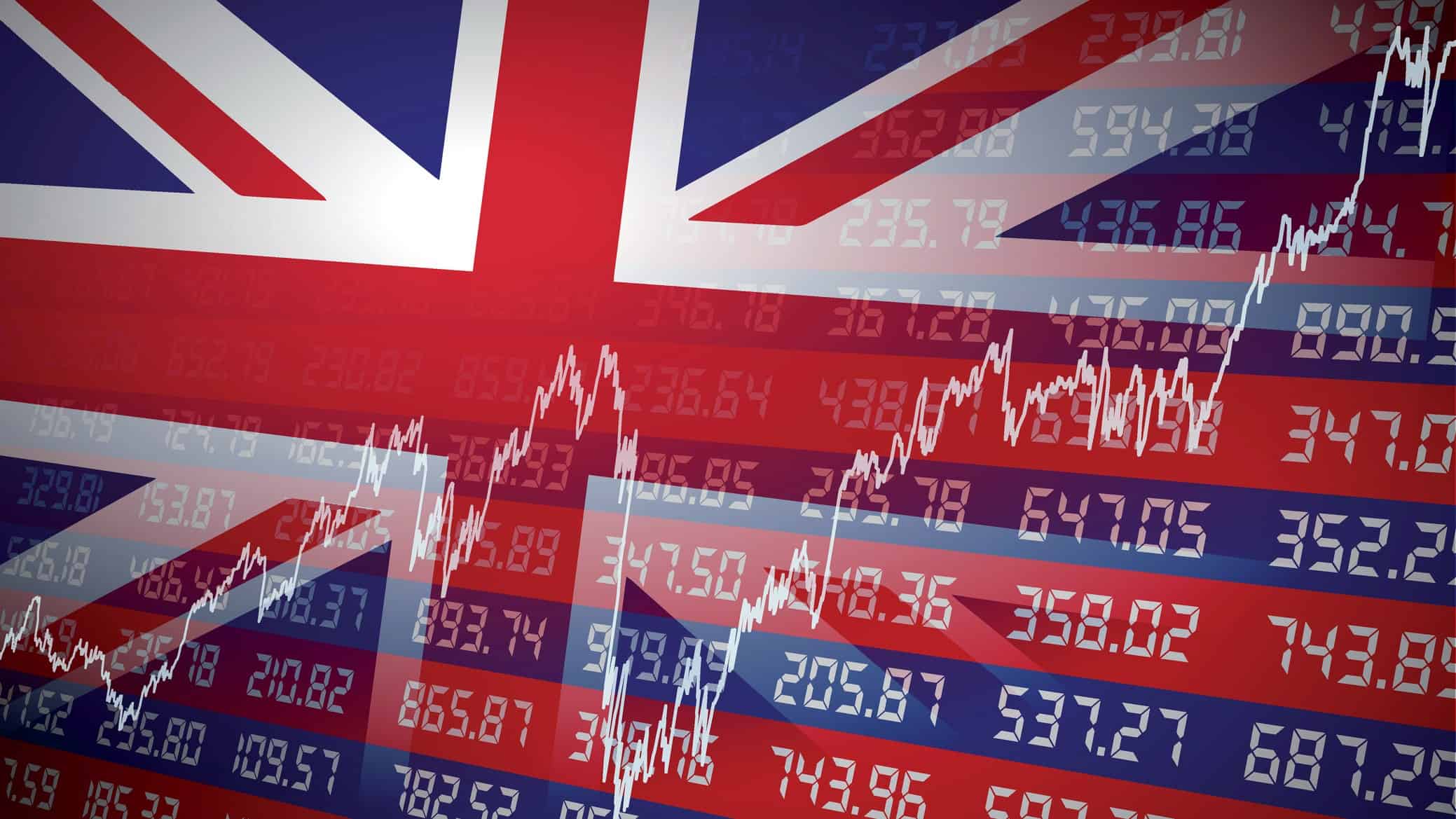FTSE 100: next stop 10,000?


Strange things have been happening, including the FTSE 100 breaking through 9,000 points to hit an all-time high (before slipping back a little).
Just look at the price chart for the iShares Core FTSE 100 UCITS ETF (LSE: ISF). It’s a big name, but it’s just an index tracker fund that follows the whole of the Footise. And it’s a good reflection of the London stock market.
Strangeness?
Why might a new record be strange? Well, it comes as UK inflation unexpectedly climbed to 3.6% in June. Employment fell for the fifth month in a row, with unemployment rising to 4.7%. And the prospects for the next interest rate cut haven’t exactly brightened.
Maybe government talk of encouraging investors to move to a Stocks and Shares ISA has something to do with it? That’s a good idea for sure, but I’m cautious over what difference it might make.
In reality, the market rise is more likely based on one simple fact. The majority of our FTSE 100 companies are global, with very few tied solely to the UK economy.
Over in the US, both the S&P 500 and Nasdaq 100 have also set new highs. It think it was inevitable we’d follow suit.
US economy
But the US economy has been faltering in the wake of President Trump’s tariff onslaught. The latest figures show rising inflation, and analysts are lowering their odds on the next rate cut from the Federal Reserve.
So why are US markets soaring? It really looks like it’s all being driven by the rise of artificial intelligence (AI). AI chip maker Nvidia has soared to a market cap above $4.2trn — more than the entire FTSE 100. Are global stock markets being driven mostly by AI hype? And is that madness?
I say set that all aside and just examine valuations. What kind of valuation are we looking at with the iShares Core FTSE 100?
Price and dividend
It’s hard to work out an accurate price-to-earnings (P/E) ratio for the iShares tracker. Asking those AI things, I get answers suggesting it’s around 10.5. How they get that when the FTSE 100 P/E is estimated at 17.8, I have no idea. But it tells me one thing — never believe anything an AI chatbot says without confirming it for yourself.
The index P/E is a bit above its long-term value of around 15, but not outrageously so. And the expected dividend yield of 3.5% is a bit below the trend, which is closer to 4%.
But you know what? Putting aside the short-term uncertainty, I think the outlook for UK shares over the next decade is improving significantly. And a 9,000-level FTSE makes the iShares Core FTSE 100 look good value for me on these figures. But it does share the risk of the stock market in general, and could lose money in any new downturn.
When 10,000?
On that basis, I’m convinced the FTSE 100 is likely to reach 10,000 in the not-too-distant future. I won’t try to predict how long it will take. But I reckon those thinking of opening a Stocks and Shares ISA today could do well to consider starting with iShares Core FTSE 100. Or an investment trust or two. Or individual FTSE 100 shares.
The post FTSE 100: next stop 10,000? appeared first on The Motley Fool UK.
More reading
- Is Burberry ‘back’ as a solid update drives its shares to 17-month highs?
- The Burberry share price continues to rise despite falling sales!
- What a crazy day for the share price of this FTSE 250 retailer!
- 1 year on from the CrowdStrike IT outage, here’s how the S&P 500 stock has done
- Aiming to turn £10k into £20k? Here are 3 FTSE 250 shares for investors to consider
Alan Oscroft has no position in any of the shares mentioned. The Motley Fool UK has recommended Nvidia. Views expressed on the companies mentioned in this article are those of the writer and therefore may differ from the official recommendations we make in our subscription services such as Share Advisor, Hidden Winners and Pro. Here at The Motley Fool we believe that considering a diverse range of insights makes us better investors.





